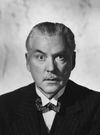The Grand Tour

In December of 1833, George Sand and Alfred de Musset escaped from Paris, abandoning her daughter Solange to the servants, and traveled to Italy. Was it a honeymoon or their version of the Grand Tour? They'd never been.
From the 17th century onwards, the Grand Tour was an obligatory trip around Europe for rich young men (with a tutor and servants, of course) - the privilege of northern European self-proclaimed elites. It could last for months or even years and Italy was the highlight: Rome, Florence, Venice, Naples... Supposedly, the picturesque decadence they found there was educational, turning them all into gentlemen who could run an empire. Later, rich young women would tour as well, followed by the Americans, and then everybody else.
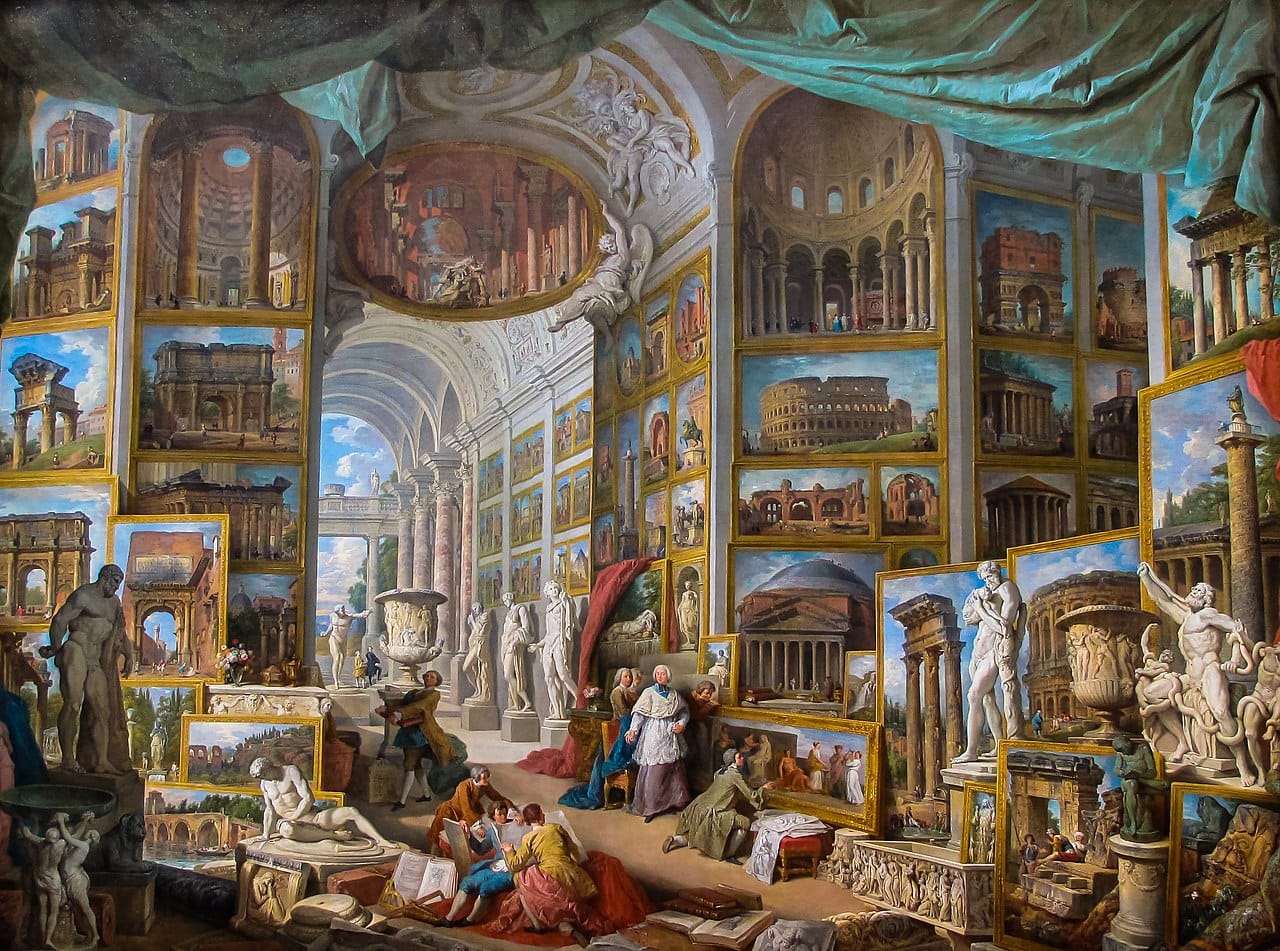
Then there were those artists and writers who could barely afford it, like Sand and De Musset. Traveling via Marseille, Sand and de Musset arrived first in Genoa, where Sand fell ill. Then (it appears) they went on to Florence, where Sand’s research inspired de Musset to start writing his best play, Lorenzaccio (1834). Then on to the carnivalesque Venice where de Musset fell ill. After a few months, de Musset packs up and goes home. Sand returns to Paris many months later with a new lover.
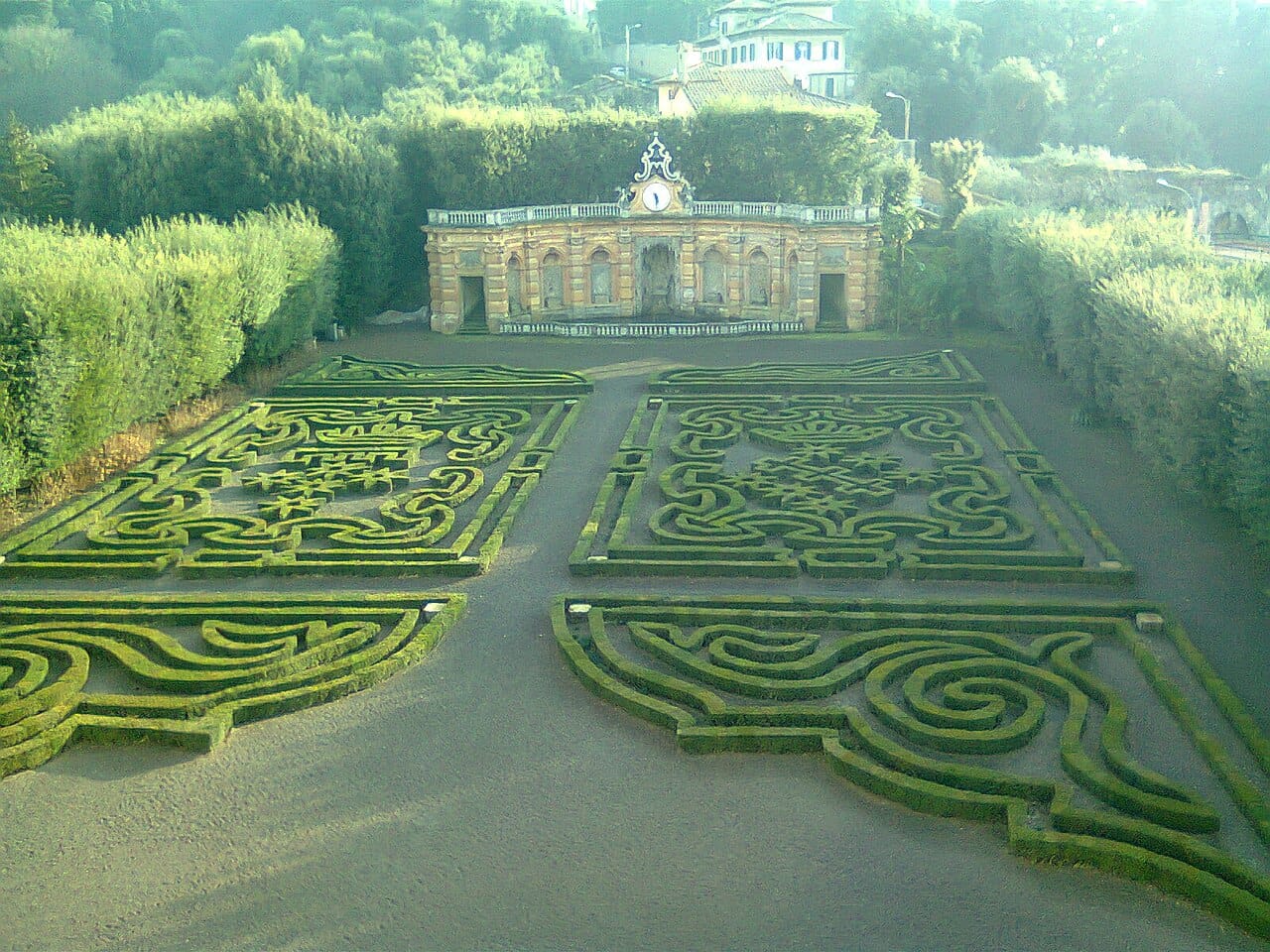
In later years, a more affluent Sand would see more of Italy. In 1855, after the tragic death of her six-year-old grandchild, Jeanne Clésinger, she traveled there again, arriving in Frascati and Tivoli outside Rome, where she adored the ornate gardens and water features. In Frascati, she rented the Villa Piccolomini (now known as Villa Lancellotti - photo above - not open to the public) for three weeks with her son Maurice and partner Alexandre Manceau. On the way back, in her letters she reveals they went via La Spezia and Portovenere. She wrote: “my son took me away to Italy.... I have seen Rome, revisited Florence, Genoa, Frascati, Spezia, Marseilles. I have walked a great deal, been out in the sun, the rain, the wind, for whole days out of doors. This, for me, is a certain remedy, and I have come back cured.”
On the other hand, Sand was condescending toward Italian aspirations for independence. Her novel, La Daniella (1857) appeared in La Presse after her 1855 Italian trip, with depictions of Italy that were insulting, especially her mockery of Catholic clergy, Romans and "lazy" and "cowardly" Neapolitans. Victor Hugo liked it; the Papacy and Italian patriots were furious. In 1863, all of Sand's books were placed on the Index of Prohibited Books.
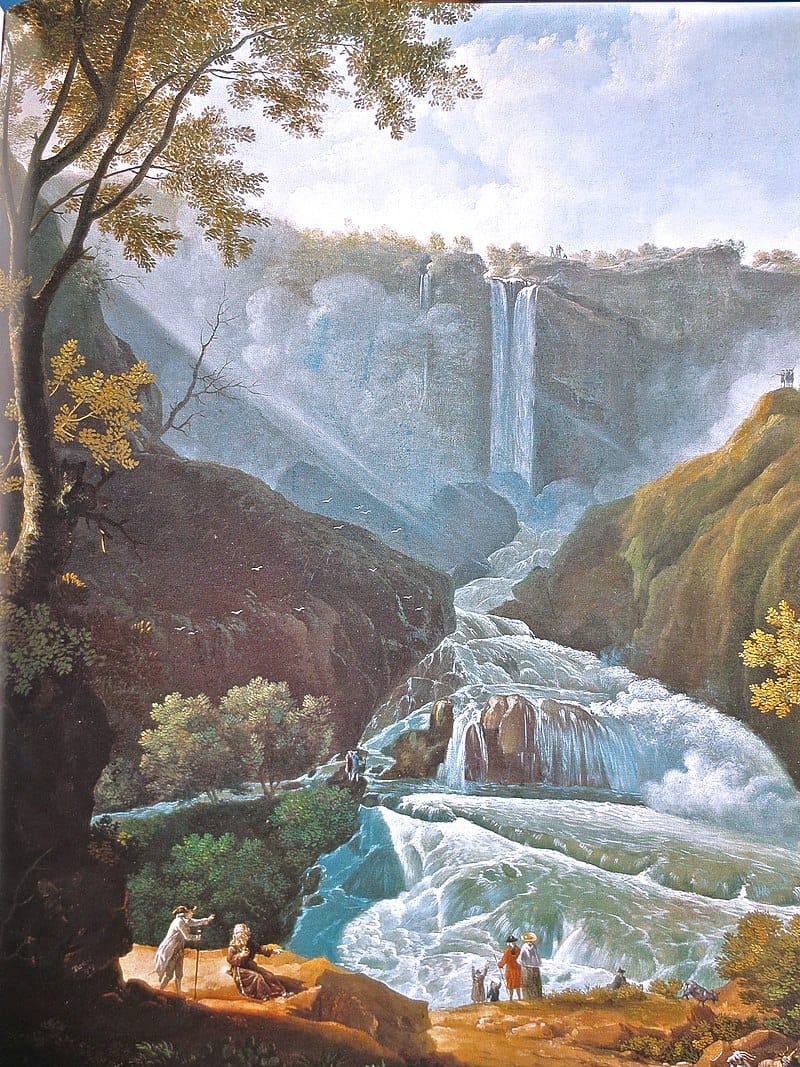
A few other "veduta" (naturalistic) images from the Grand Tour by non-Italian painters are shown above and below. The first is English, of the Cascata delle Marmore, said to be the world's largest human-made waterfall, at Terni, north of Rome. When the river is running, it still looks like this today. The painting below is Armenian-Russian and shows Byron arriving on San Lazzaro degli Armeni. This island in the Venice lagoon is home to a small Armenian Catholic religious community. He studied the Armenian language while staying there in 1816 and he financed the publication of the first Armenian–English dictionary.
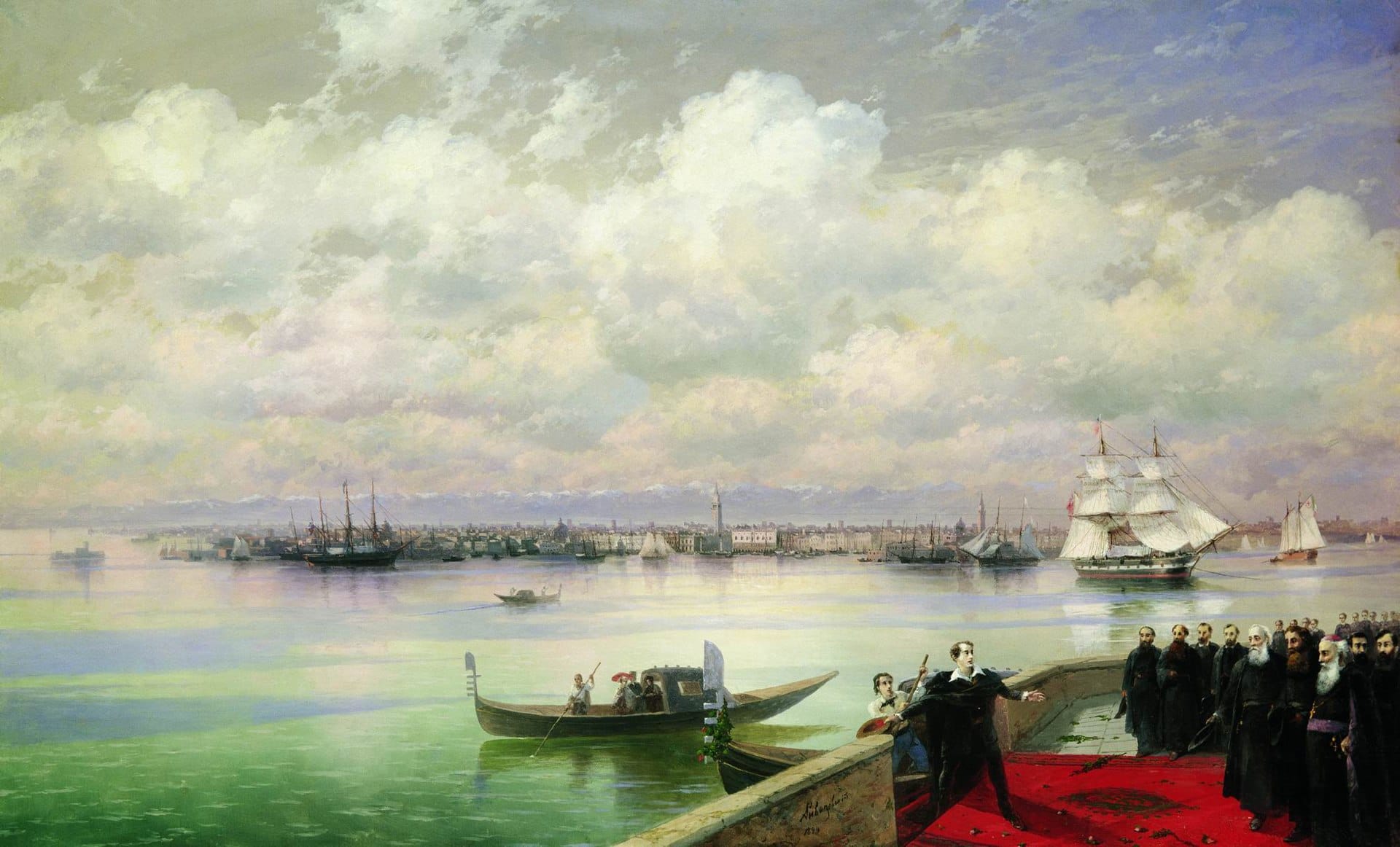
Also see these links: Venice, Constantinople
